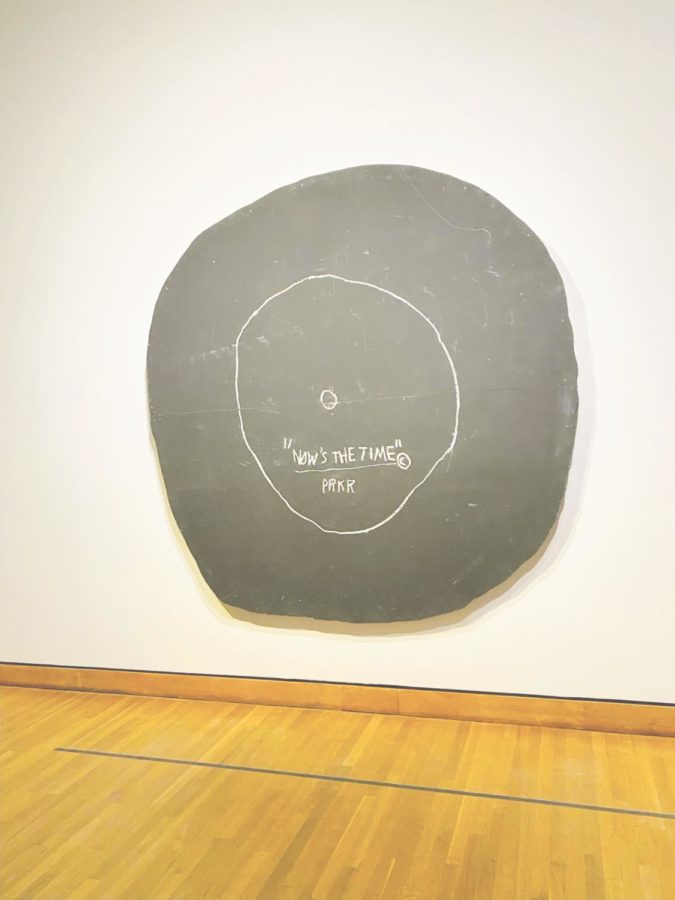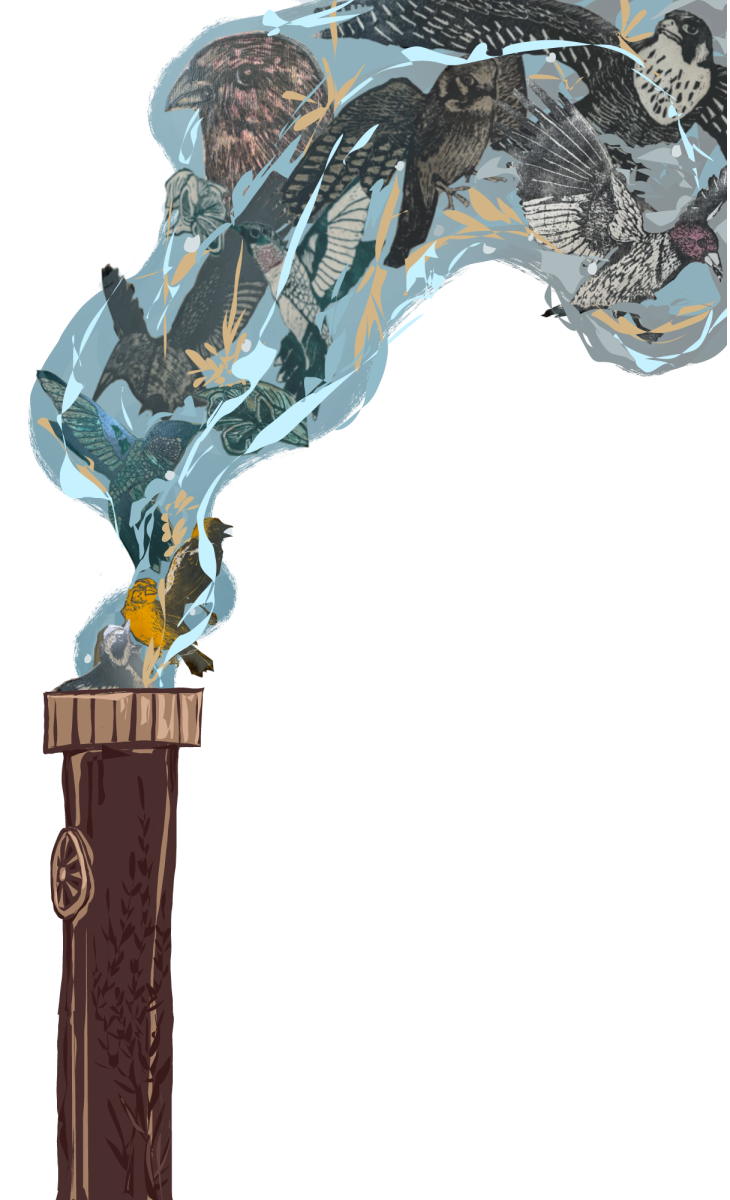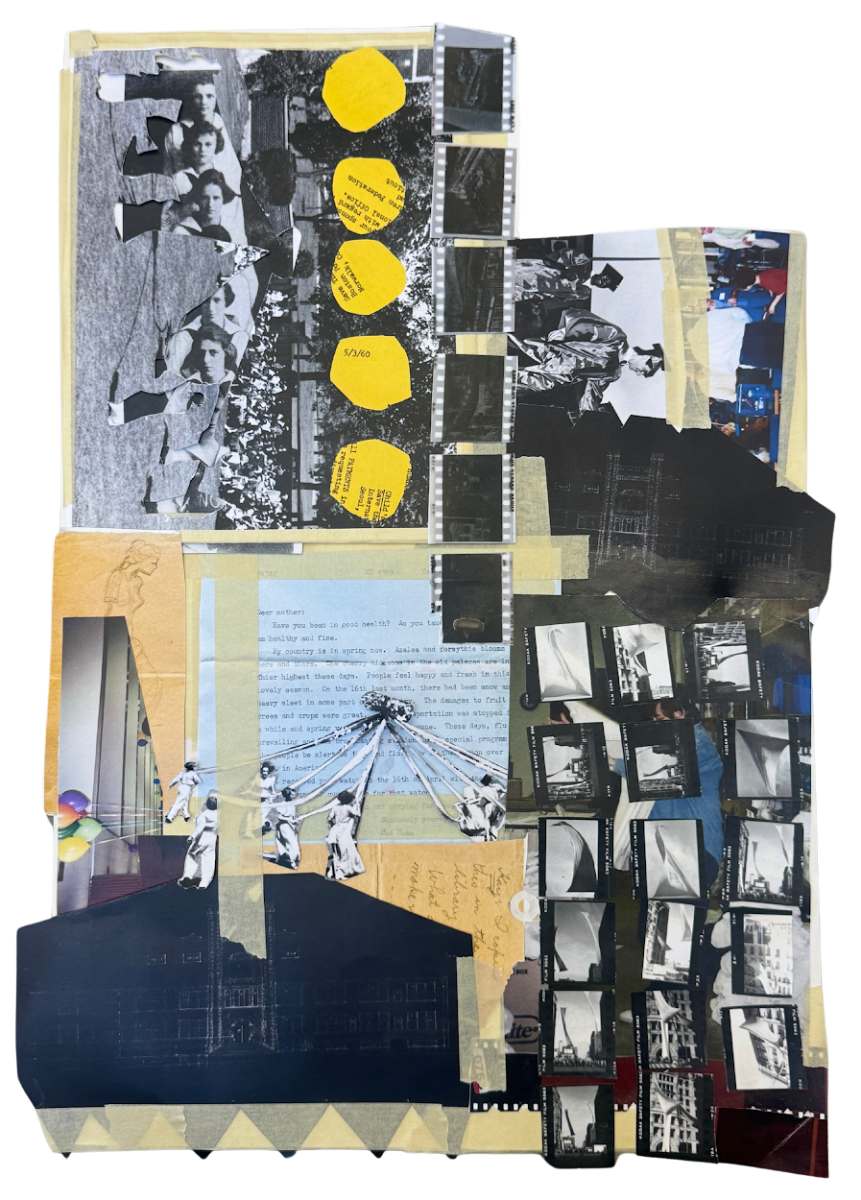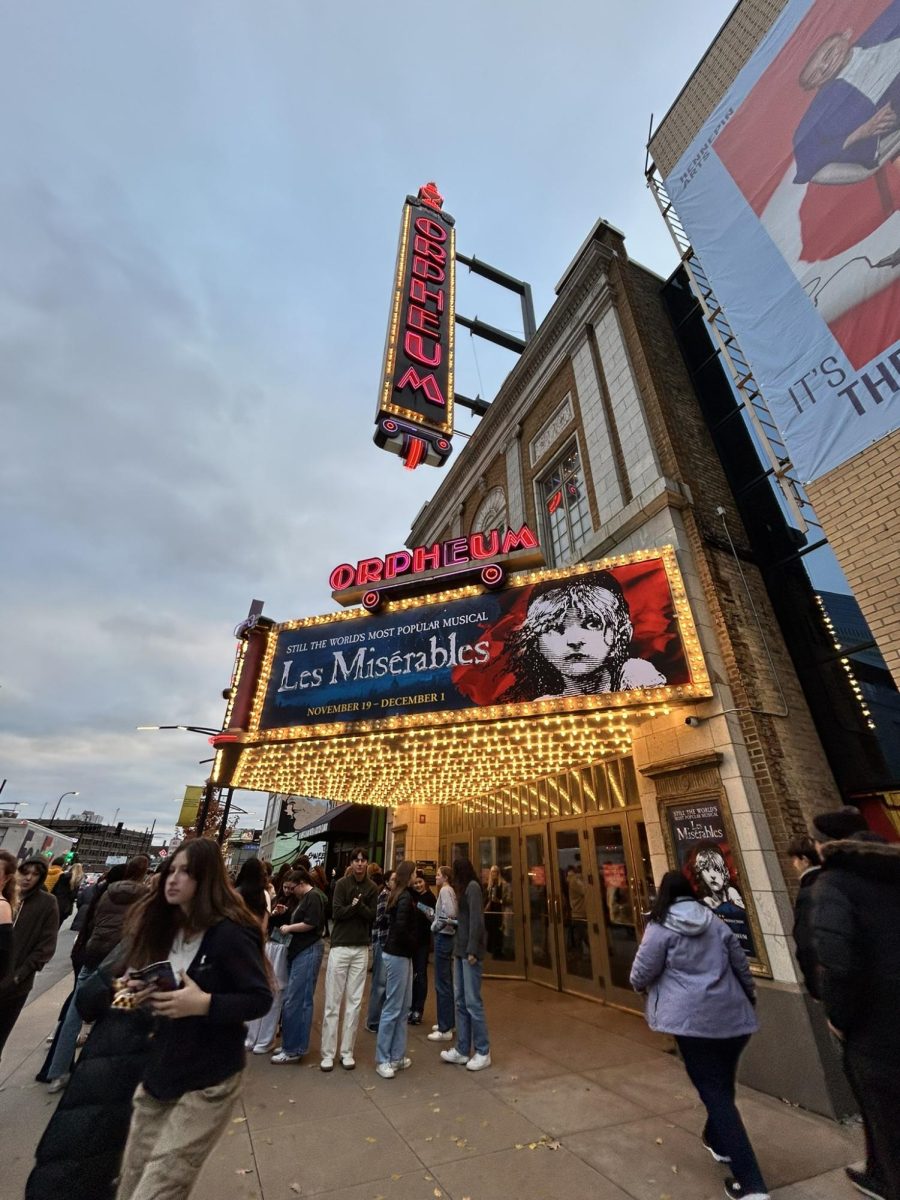Jean-Michel Basquiat was an artist in every sense of the word, it could be argued that he even lived in art, or at least was always surrounded by it. Basquiat, half Puerto Rican and half Haitian, was born in 1960, in a hub for the arts, Brooklyn New York City. He would spend the rest of his life there. For Basquiat, New York was truly a “concrete jungle where dreams are made of,” and it is on this concrete that Basquiat’s dreams began.
Basquiat’s artistic career began with street art. After his parents separated and his mother was periodically institutionalized for mental health struggles, Basquiat dropped out of high school and became a relatively known graffiti artist. Basquiat and a friend learned to support themselves with art, selling T-shirts and postcards with their designs and painting graffiti under the name SAMO (same old sh**). His popularity only grew from here, and while SAMO disbanded, Basquiat was making waves in the art world, and producing pieces at a rapid pace. It was in the 80s that his career flourished, and he went on to do shows with Andy Warhol.
His style is often categorized as neo-expressionism, an art movement describing young artists who went back to portray the human form and other recognizable things as a counter to the intellectual abstract style of the 1970s.
I recently visited a retrospective exhibit on Basquiat’s work in Montreal, Quebec. The exhibit was held in the Montreal Museum of Contemporary art and spanned rooms with displays of Basquiat’s works on a number of mediums. His pieces made on scrap wood, pages ripped out of lined notebooks, small handmade postcards, canvases, and more created a sense of connection to Basquiat for visitors as it felt as though we were walking through a gallery of his life with all the seemingly insignificant details and half formed ideas included. Previous to the exhibit I had never come across any of Basquiat’s work and the only words fitting to describe his pieces would be chaotic, provocative, and confusing.
Though Basquiat died young at 27 due to a heroin overdose, the legacy of his work and rule breaking approach to the very definition of art will live on.









